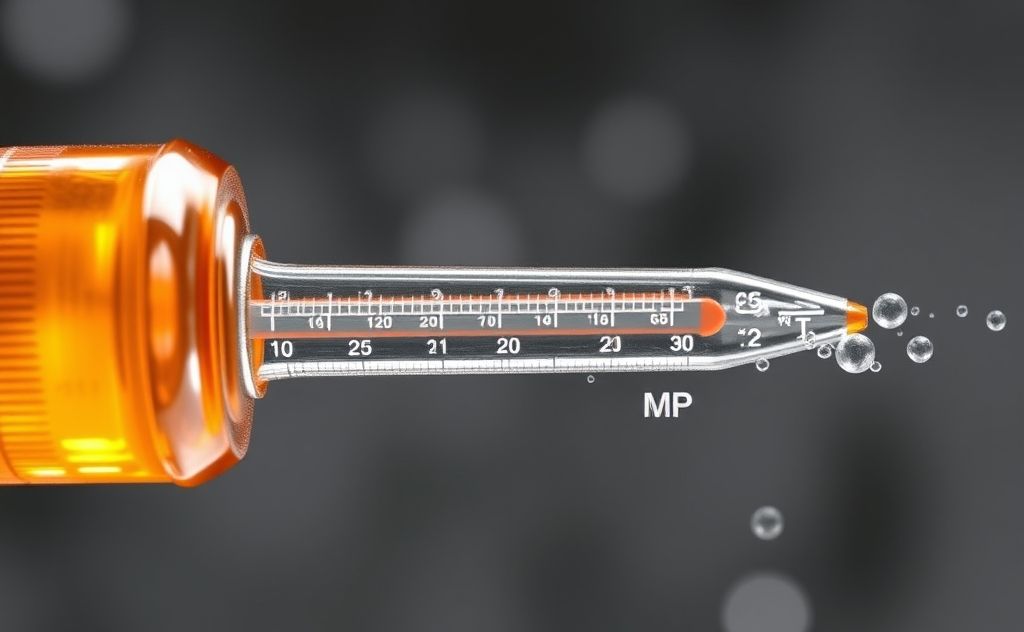Yes, temperature significantly affects enzyme activity, with optimal temperatures enhancing reactions and extreme temperatures causing denaturation and reduced activity.
Temperature plays a critical role in enzyme function, directly impacting reaction rates and biological processes. Understanding this relationship helps optimize industrial applications and explains biological adaptations in extreme environments.

The Science Behind Temperature and Enzyme Activity
Enzymes are biological catalysts that speed up chemical reactions. Their activity follows a characteristic pattern in response to temperature changes:
- 0-10°C: Very slow activity as molecules move sluggishly
- 10-40°C: Reaction rate typically doubles every 10°C increase (Q10 rule)
- 40-50°C: Peak activity at optimal temperature
- Above 50°C: Rapid denaturation and activity loss
Why Temperature Affects Reaction Rates
Higher temperatures increase molecular motion, leading to more frequent and energetic collisions between enzymes and substrates. This explains why precise temperature control is crucial in biological systems.

The Equilibrium Model: A Modern Understanding
Traditional models explained enzyme activity with two factors: catalytic reaction rates and irreversible inactivation. The Equilibrium Model introduces a crucial third element:
- Active enzyme (Ea) converts substrate to product
- Ea reversibly converts to inactive form (Ei)
- Ei undergoes irreversible denaturation
This explains why enzymes show peak activity rather than continuously increasing rates with temperature.
Key Thermal Parameters
| Parameter | Description | Typical Range |
|---|---|---|
| Teq | Temperature where Ea and Ei concentrations equal | 30-60°C |
| ΔHeq | Enthalpy change of Ea↔Ei equilibrium | 200-600 kJ/mol |
Real-World Examples of Temperature Adaptation
Extremophile Enzymes
Organisms in extreme environments showcase remarkable adaptations:
- Thermophiles: Enzymes stable at 80-122°C (hot springs microbes)
- Psychrophiles: Enzymes active at -20°C (Arctic fish)
Industrial Applications
Temperature-stable enzymes are valuable in manufacturing:
- Taq polymerase (PCR) withstands 95°C
- Bacterial proteases in hot water systems
Practical Implications
Storage Considerations
Proper enzyme storage requires temperature control:
- Most enzymes stable at 4°C
- Some require -20°C or -80°C for long-term storage
- Repeated freeze-thaw cycles can damage some enzymes
Experimental Design
When working with enzymes:
- Determine optimal temperature first
- Maintain ±0.5°C during assays
- Account for temperature effects when comparing results
Future Directions in Enzyme Research
Scientists are exploring:
- Protein engineering for custom temperature profiles
- Nanoparticle-enzyme hybrids with enhanced stability
- Computational models predicting thermal behavior
These advances could lead to breakthroughs in biotechnology and medicine.

